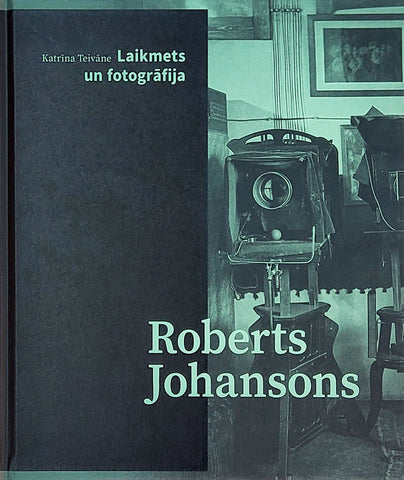
Although in recent years there have been several publications focusing on the history of Latvian photography in the 20th century. In the early and interwar period, it is undeniably rich in a number of powerful creative personalities who are still unheard of. A significant contribution to the exploration of the field was the first monographic edition published at the end of 2018, dedicated to the most popular photographer of the first half of the 20th century - Vilis Rīdzenieks. Katrīna Teivāne, the compiler and author of the main text of this publication, has now prepared material for a book about Rīdzenieks' colleague Roberts Johansons.

Roberts Johansons in Katrīna Teivāne's research reveals as one of the most visible Latvian photographers, whose most active period of activity refers to the period from the 20th century until the beginning of the Second World War. Johansons was a member of the Latvian Photographic Society and later also of the Photographic Society, having spent most of his professional life as a salon photographer. In parallel with his daily work, he devoted himself to the creation of artistic images and meticulous documentation of the Latvian environment.

Along with Vilis Rīdzenieks, he is one of the few photographers of his generation, whose heritage is not only diverse, but also widely available to researchers today. It consists of a large 20-30 albums of photo negatives and about 100 photo albums, in which various Latvian cities, their most visible objects, architectural monuments, house details, parks, gardens, cemeteries, etc. An important part of the works is ethnographic photography - field types, works, buildings.

One of the most visually aesthetic is Johanson's series of views of Old Riga. A significant part of his legacy is the artistic images created in pictorial aesthetics from the beginning of 20th century until 1930s and with which he has successfully competed in several foreign exhibitions, including America. Among the works is a significant series of portraits of Russian and Latvian artists (including the canonical portrait of Vilhelms Purvītis), as well as salon companies.

The monographic album provides a valuable contribution to the study of the history of Latvian photography, introduces hitherto lesser-known examples of visual aesthetics, and expands the understanding of the genesis of photography in the local art environment.